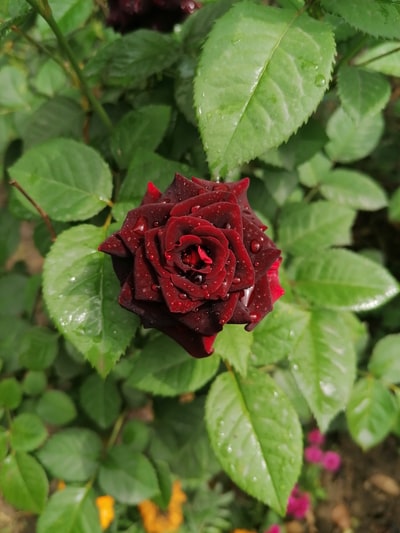 A frame quadrat is basically a square frame of a specific size, for example 1m2. In order to use a quadrat effectively you should:
A frame quadrat is basically a square frame of a specific size, for example 1m2. In order to use a quadrat effectively you should:
- use organisms that don’t move (like plants)
- choose where you place the quadrat randomly
- take a number of samples
Before you begin to investigate an area you must first divide it up into a numbered grid, each single square being the size of your quadrat. You can then use a random number generator to decide which quadrats to use. At each of these quadrats you can then count the number of organisms present and the population size of each organism.
Obviously, the main limitation here is that a quadrat is probably much smaller than the area being studied. However, you can get an estimate of the population size by:
(sum of organisms per quadrat x total area) area of quadrat
——————————————————
Line Transects

Basically, a transect of a specific length is laid down and all the species touching it are recorded.
Another type of transect is the belt transect in which species between two lines are recorded. This will supply you with more data as you can see the abundance of a species as well as their point on the line.
Transects can be continuous, where samples are taken from the whole length of a line, or interrupted, where samples are taken from a specific point each time, for example every metre. The interval chosen must reflect the habitat under observation. If the interval is too small then this may take too much time and give you too much data. However, too big an interval may cause you to miss patterns or whole species out. Also, make sure that where you decide to sample try and carry out the transect takes in all the features of the habitat.